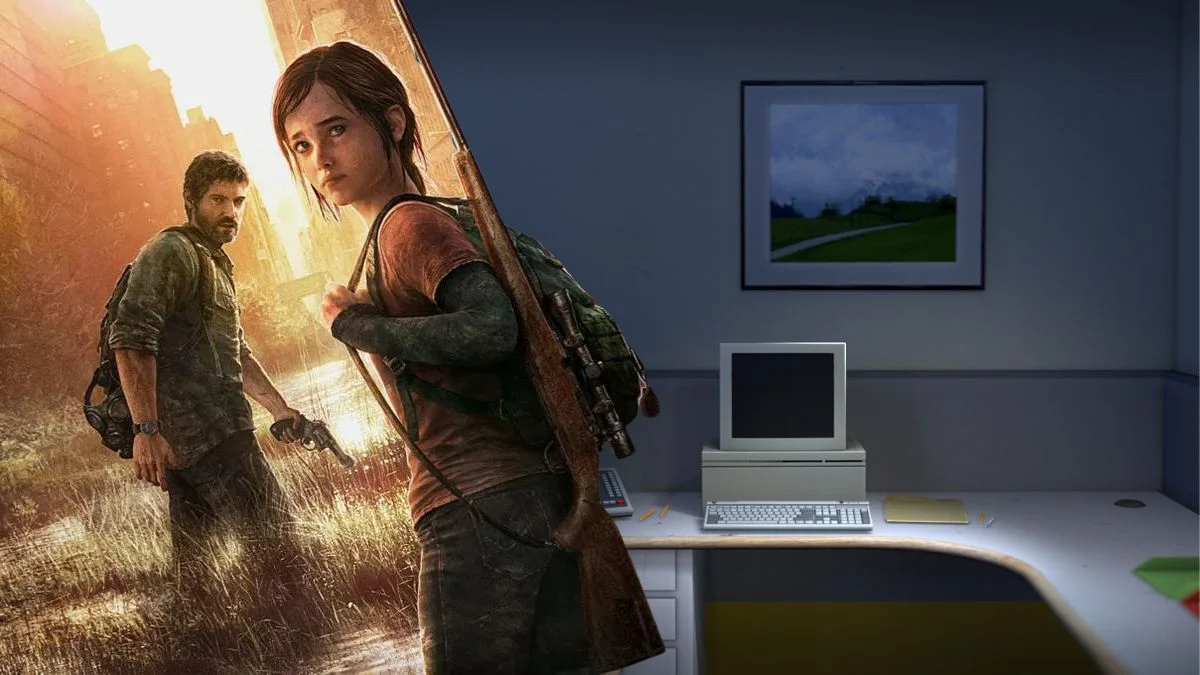
Games can be really enjoyable when learning feels natural – like it’s built right into the adventure. The best games don’t just tell you what to do with instructions; they teach you through the story, interesting levels, and letting you try things out. These tutorials keep you engaged, let you explore, and help you pick up the skills you need without feeling like a lesson. They cleverly integrate learning into the gameplay, so you’re always moving forward and improving.
‘Portal’ (2007)

Valve’s ‘Portal’ cleverly teaches its core concepts through a series of well-designed test chambers, introducing one idea at a time. The game makes learning fun by presenting portals, momentum, and timing as playful puzzles, rather than formal lessons. The environment provides subtle hints and the levels are straightforward, guiding you without relying on lengthy explanations. Throughout the game, GLaDOS keeps you entertained while the level design subtly ensures you grasp each new concept.
‘Half-Life 2’ (2004)
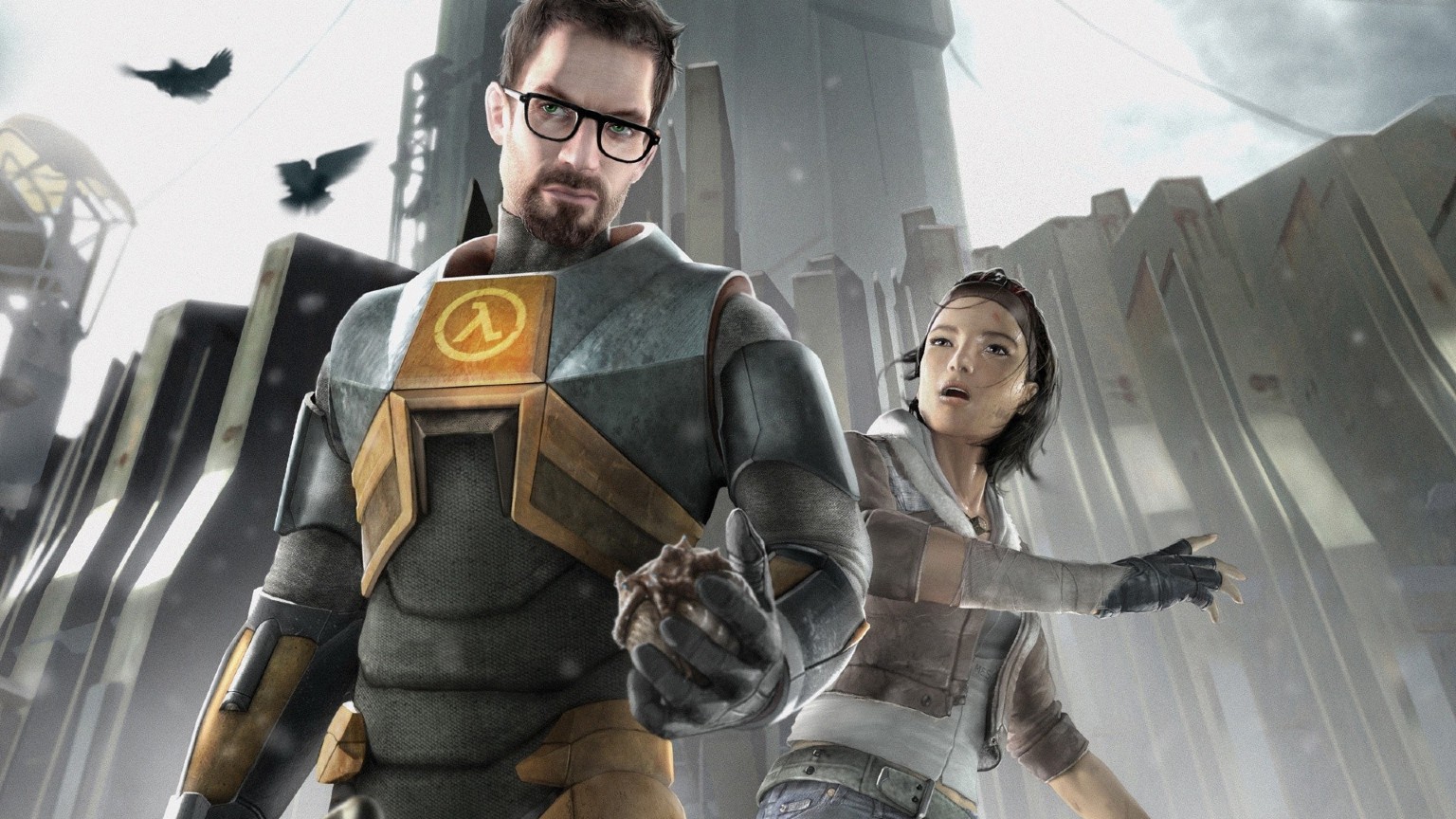
‘Half-Life 2’ eases players into its world with natural and straightforward movement and interactions. You discover the game’s physics through simple actions like stacking boxes and opening doors, all while the story progresses. The Gravity Gun isn’t introduced until you’re already familiar with how objects work, making it feel instantly intuitive because you’ve already mastered the fundamental mechanics.
‘The Legend of Zelda: Breath of the Wild’ (2017)

The Great Plateau in ‘Breath of the Wild’ is a safe starting area designed to teach you the game’s essential skills. Through exploration and completing shrines, you’ll learn how to cook, deal with different weather conditions, and manage your stamina. These shrines offer quick, focused lessons in climbing, gliding, and fighting, all while encouraging you to explore. By the time you move on, you’ll have naturally mastered the game’s core mechanics through what feels like a genuine adventure.
‘Super Mario Odyssey’ (2017)

Super Mario Odyssey cleverly teaches you how to use Cappy through fun challenges that focus on throwing, capturing enemies, and jumping. Each new area introduces a slight variation on what you’ve already learned, building on previous ideas. The game gently guides you to try new moves with clear visual hints, rather than lengthy tutorials. The fast pace keeps things exciting, making learning feel like a natural part of exploring.
‘Celeste’ (2018)
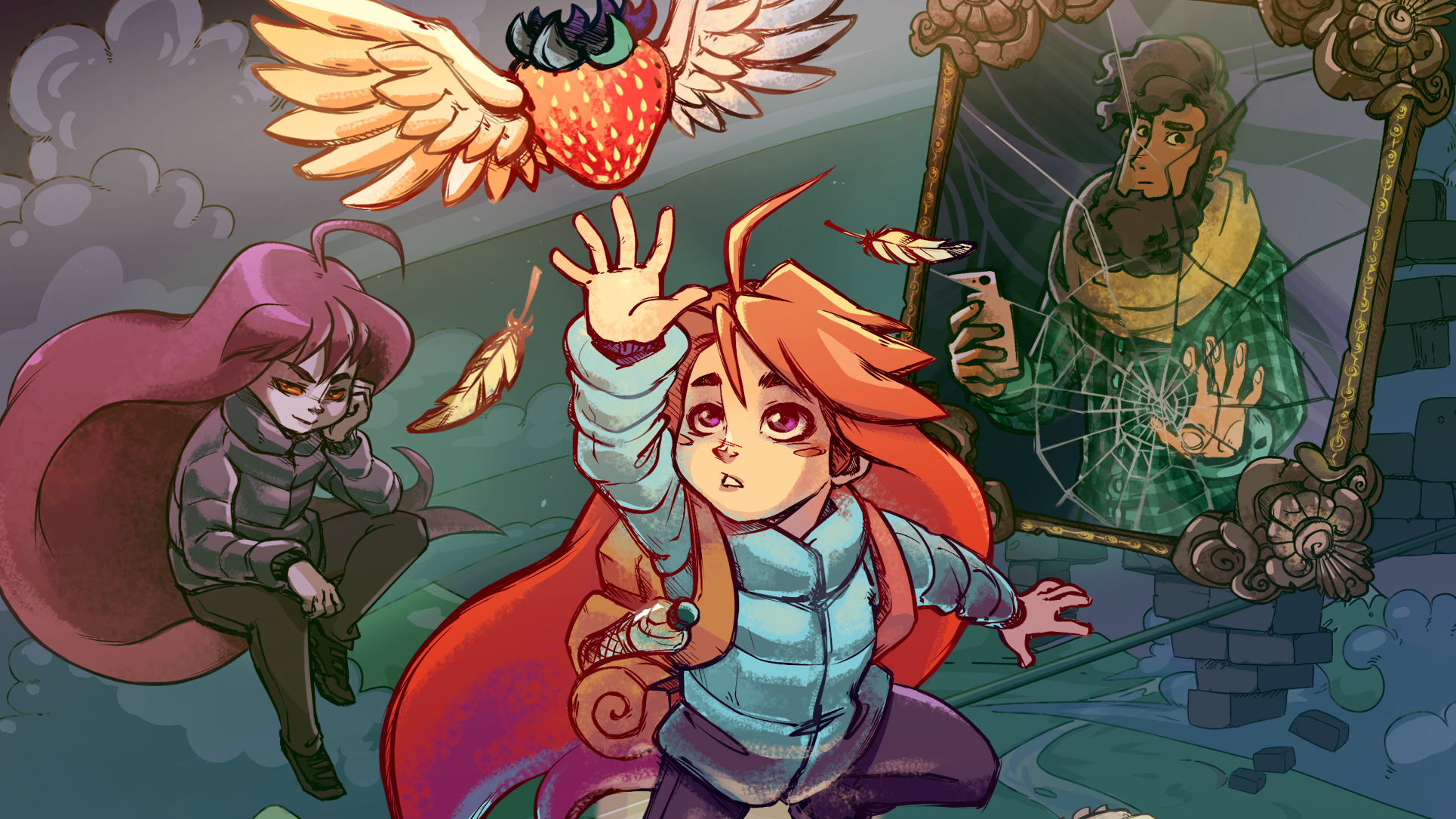
As a huge fan of ‘Celeste’, I love how the game gently introduces you to everything. It starts with simple dashes and wall climbs, teaching you one skill at a time in these cleverly designed rooms. The best part is, you can fail and immediately try again, so you’re encouraged to experiment without getting too frustrated! Plus, there are these optional strawberries hidden around that let you practice harder moves when you’re ready. And if you’re ever really stuck, the Assist Mode is amazing – it clearly explains all the ways you can tweak the difficulty to make the game just right for you, so you can learn at your own pace.
‘Dark Souls’ (2011)
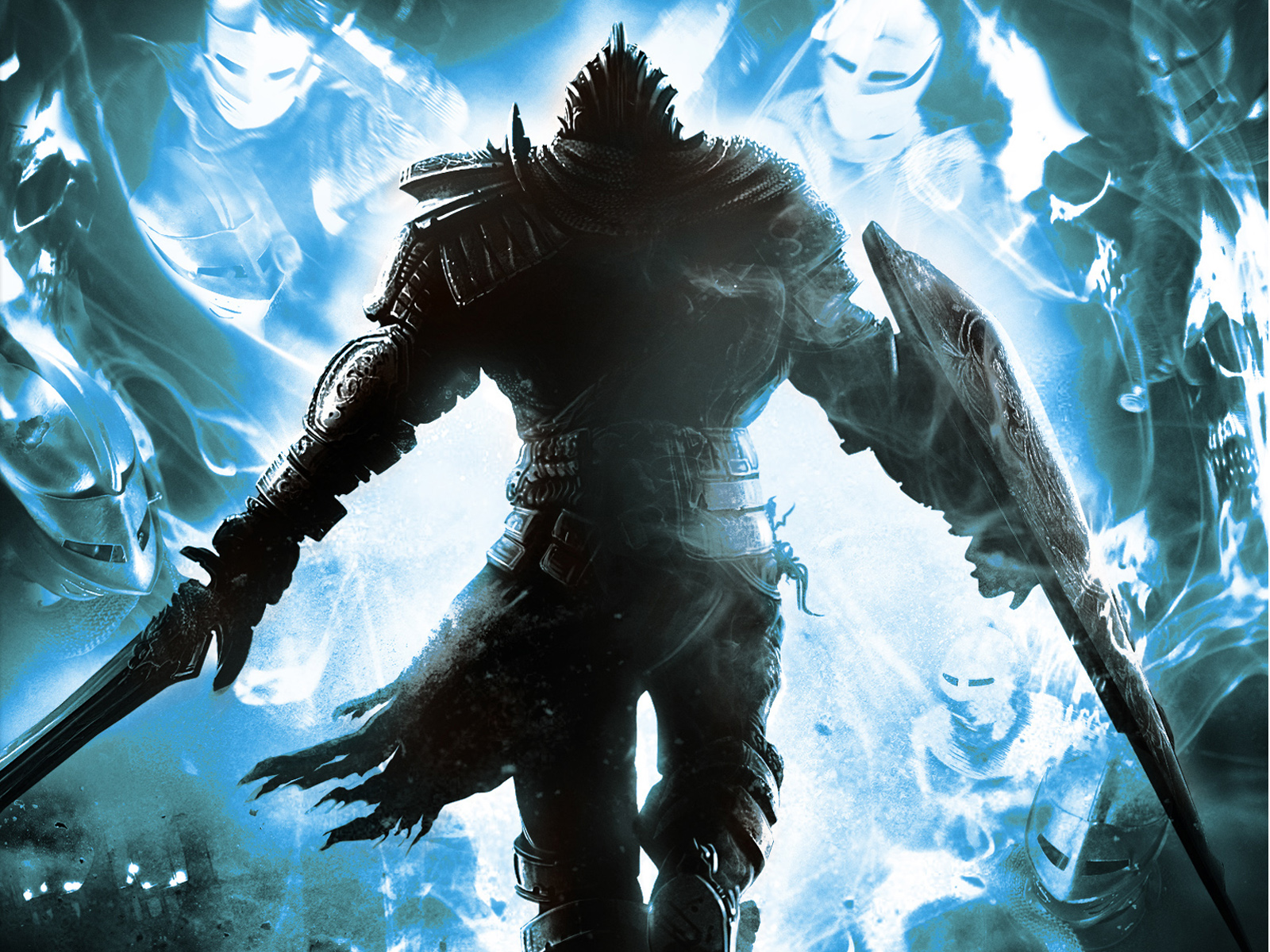
The early area of ‘Dark Souls’, the Undead Asylum, cleverly teaches players that careful planning and paying attention to your surroundings are more effective than simply charging in. Helpful messages left by other players, along with how enemies are positioned, guide you to use defensive moves like blocking and rolling, and to take advantage of opportunities for backstabs. A locked door and an unexpected boss fight demonstrate the importance of knowing when to fall back and when to push forward. Finally, the placement of bonfires and shortcuts clearly illustrates the game’s core gameplay loop of learning through repeated attempts.
‘Titanfall 2’ (2016)

Titanfall 2 starts with a quick training session that teaches you how to shoot, wall-run, and slide. It uses a timed challenge to help you master the movement mechanics through repetition, and allows you to experiment with different weapons without any stress. The tutorial seamlessly transitions into the game’s story missions, where these skills become essential.
‘God of War’ (2018)
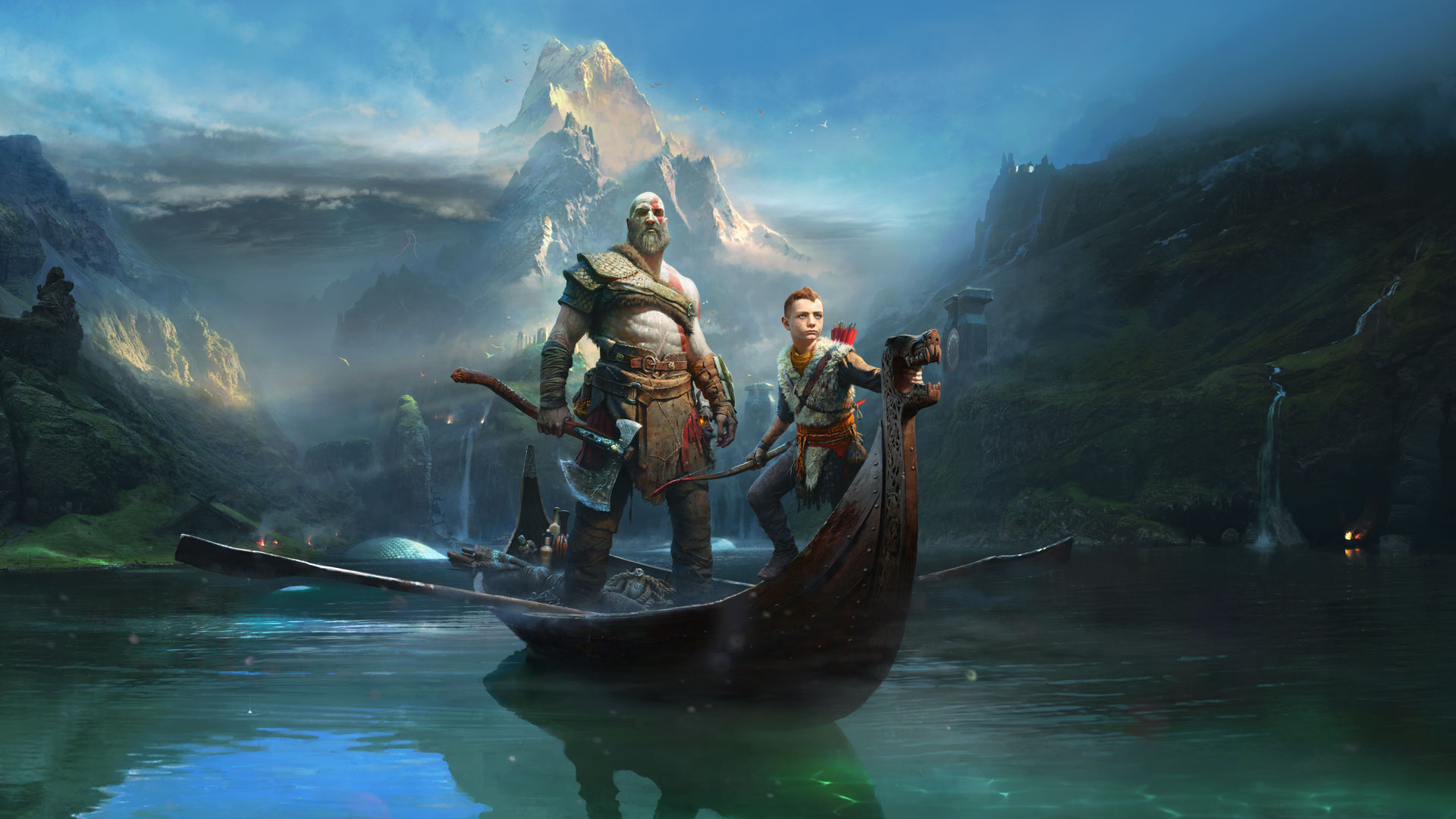
The game ‘God of War’ gently introduces players to its core mechanics – like recalling the axe, blocking attacks, and working with Atreus – through the initial battles. Enemies clearly signal their moves, and the combat areas are straightforward, making it easy to learn the timing. The game also includes light puzzles that blend fighting with exploration. Importantly, the story unfolds smoothly because dialogue and instructions only appear when they’re actually helpful.
‘Aperture Desk Job’ (2022)
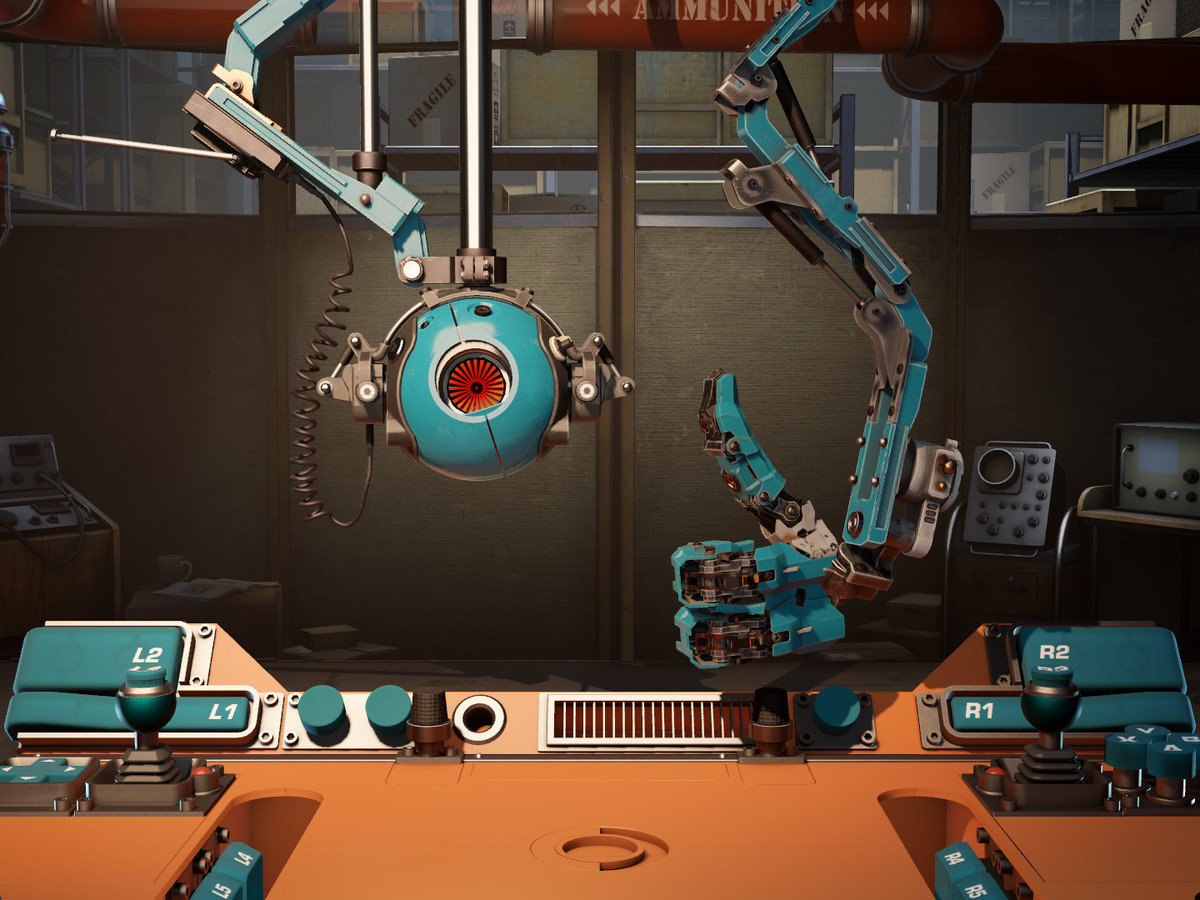
‘Aperture Desk Job’ is a funny, short experience set in the ‘Portal’ world that teaches you how to use the game’s controls. It breaks down each movement and button press with playful challenges, making the tutorial feel quick and enjoyable rather than overwhelming.
‘Metal Gear Solid V: The Phantom Pain’ (2015)

The beginning of ‘The Phantom Pain’ gently guides you through key skills like sneaking, crawling, and using distractions, all within a stressful hospital setting. You’ll practice controlling the camera and moving quietly to avoid guards. Afterwards, safe zones allow you to experiment with tagging enemies and using your tools. These early lessons become crucial when the game transitions from escaping to tackling more open-ended missions.
‘Super Metroid’ (1994)

Super Metroid cleverly guides players using its level design and lighting, subtly showing them what to do without interrupting the gameplay. The game gently introduces core mechanics like shooting doors, rolling, and revisiting areas in the initial stages. Enemy placement carefully teaches players about movement, positioning, and attack angles. And the interconnected map design reinforces how to use each new ability you gain.
‘Resident Evil 4’ (2005)

The initial village in ‘Resident Evil 4’ quickly teaches you how to manage limited space and aim accurately while under attack. You’ll learn to control groups of enemies using elements like windows, ladders, and doorways. Blocking with barricades and quickly interacting with your surroundings are also key. Once you understand these basic skills, the encounter concludes.
‘Minecraft’ (2009)
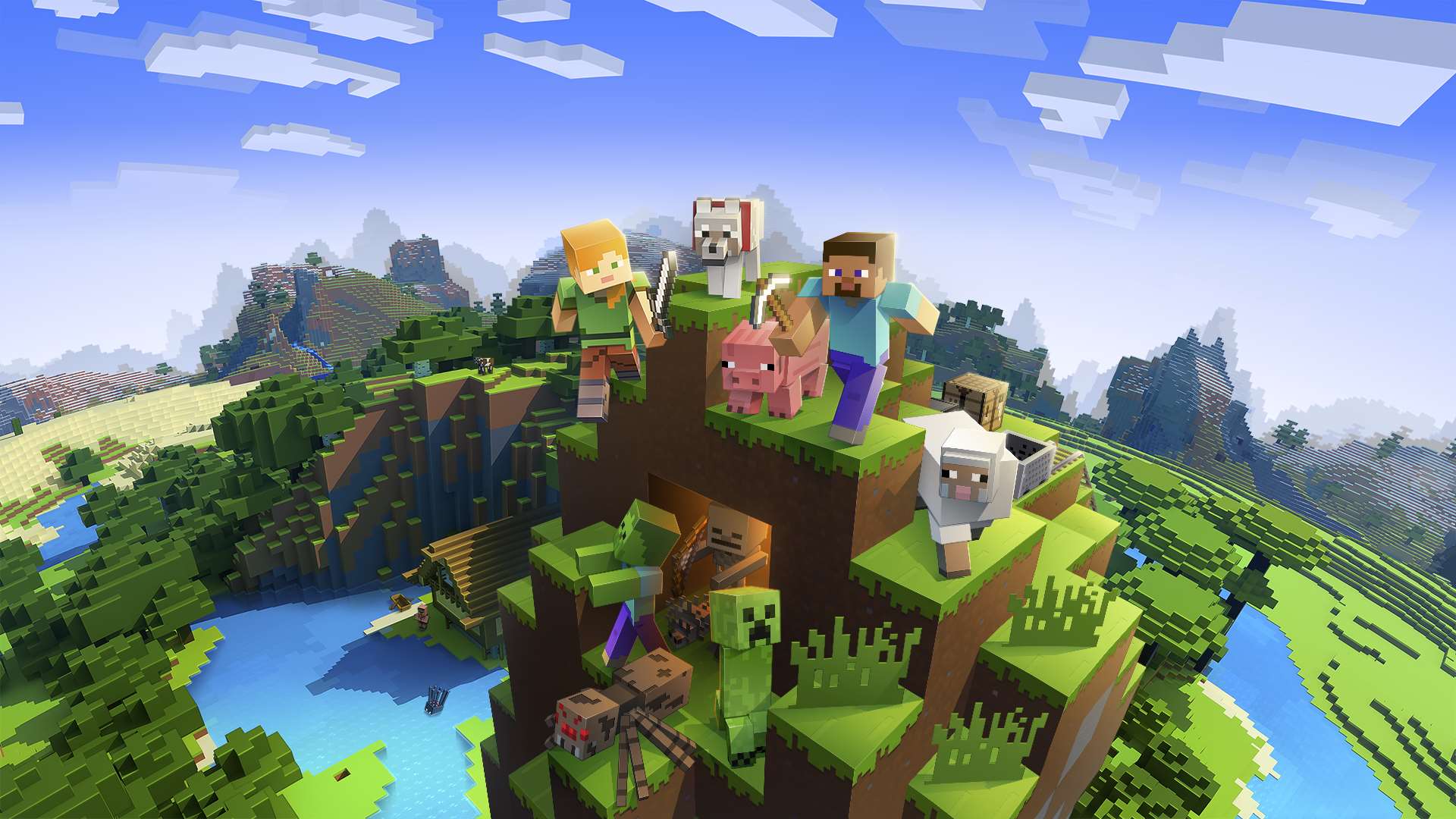
In ‘Minecraft,’ players learn by doing – figuring out how to make things, build homes, and gather resources as the in-game day turns to night. It starts with easy-to-learn recipes for basic tools and gradually introduces more complex building blocks. The game encourages exploration, and you quickly see how your actions impact the world around you. Learning feels like completing a series of small tasks that eventually build up to bigger achievements.
‘Cuphead’ (2017)

Cuphead begins with a quick tutorial that covers essential moves like parrying, dashing, and using special abilities. The game then teaches you how to defeat bosses by having you learn their attack patterns through practice. Attacks are clearly signaled, allowing you to react and adapt. Plus, the shop lets you experiment with different weapon and item combinations to overcome tough obstacles.
‘The Stanley Parable’ (2013)
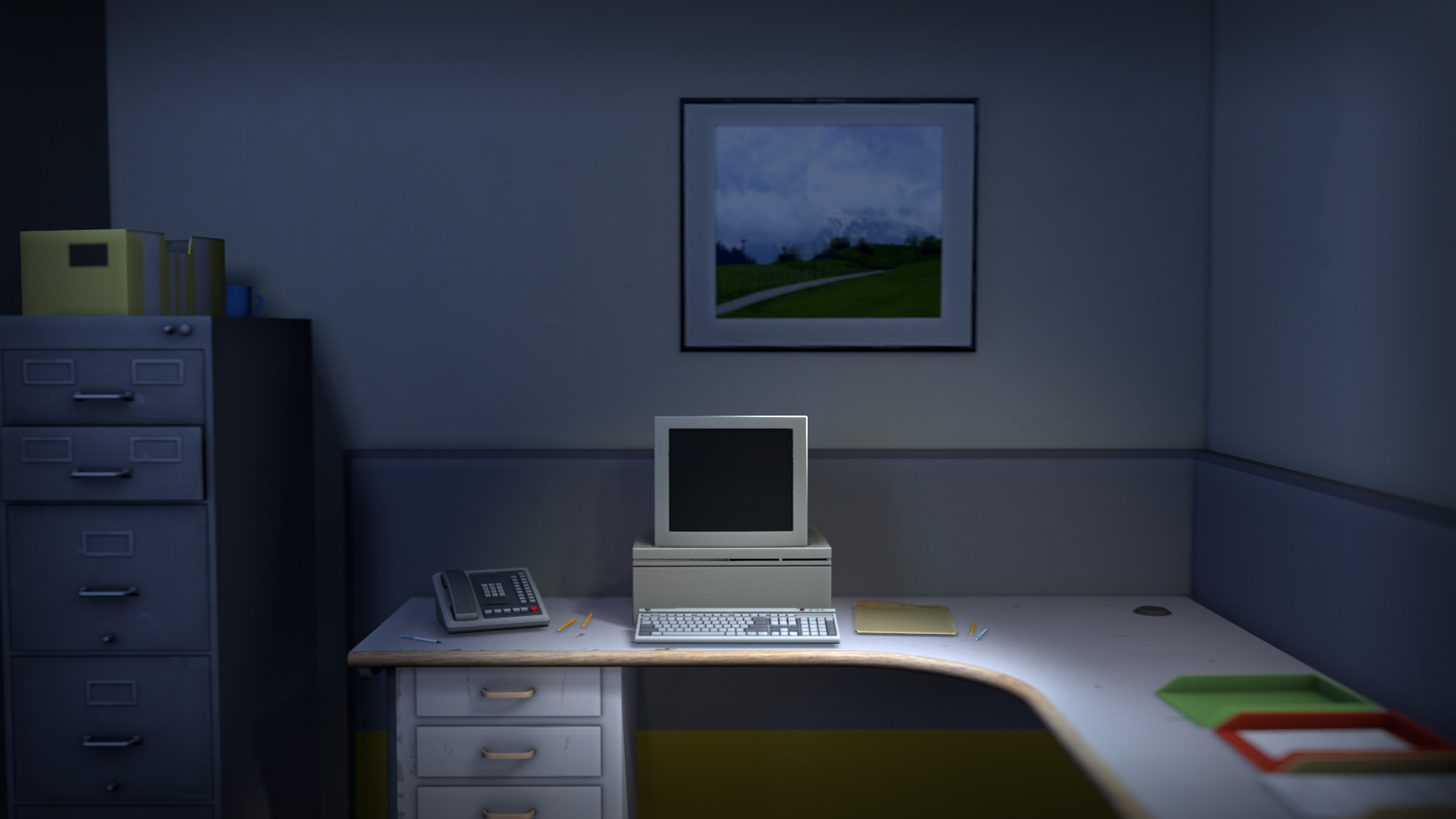
‘The Stanley Parable’ is a game that explores how we interact with choices. It uses a narrator who comments on everything you do, and cleverly designed environments – like doors and pathways – to show how different decisions can lead to unexpected results. The game encourages you to experiment and discover its secrets by trying different things and seeing what happens when you break the rules.
‘Mirror’s Edge’ (2008)

‘Mirror’s Edge’ starts with a streamlined training course where players practice jumping, climbing, and rolling, learning to move fluidly. Bright colors guide the way, highlighting interactive elements. The game encourages a fast pace and rhythmic movement, making actions feel natural. These skills are then put to the test as players navigate the larger environments of the city.
‘Splatoon 2’ (2017)

Splatoon 2 is a fast-paced game where you learn to swim, shoot, and strategically use ink in small, action-packed arenas. The game clearly shows the impact of your ink, helping you understand what’s working. Different enemies challenge you to master distance, movement, and using cover effectively. It’s designed to be easy to pick up and encourages players to try new things.
‘Undertale’ (2015)

I remember when I first started playing ‘Undertale,’ it did a brilliant job of teaching you the ropes. The early battles weren’t just about fighting; they were little tutorials! You quickly learned how to spare enemies, use items, and dodge attacks, all on this really cool battle screen. Toriel was amazing at walking you through everything, and the choices she presented felt important even then. Plus, the way the game taught you to move in short bursts by dodging those bullet patterns wasn’t just gameplay – it was woven into the story and the characters, which made it so much easier to remember. It wasn’t just learning how to play, it was part of the experience!
‘Hollow Knight’ (2017)

Hollow Knight gently introduces its core mechanics – moving around and attacking – in safe areas before throwing challenges at you. It helps you understand where you are and how to get around with benches and shortcuts, and lets you revisit old areas with new abilities to improve your movement skills. Enemies are designed to teach you how to fight effectively by giving you clear signals before they attack, encouraging careful timing and positioning.
‘Apex Legends’ (2019)

Apex Legends includes a practice range where you can get comfortable with the game’s core mechanics, like using pings, abilities, and moving around. It’s a great place to learn how to communicate effectively with your team using the quick ping system, and you can safely try out different weapons and attachments. Players can revisit the range whenever they want to brush up on their skills.
‘Super Smash Bros. Ultimate’ (2018)

Super Smash Bros. Ultimate gradually teaches players how to recover, use shields, and perform special moves through its initial challenges. It introduces the concept of character matchups with Spirits and straightforward battles, and focuses on teaching one game mechanic at a time with clear goals. The game also makes it easy to improve with helpful replays and practice modes.
‘Ori and the Blind Forest’ (2015)

Ori and the Blind Forest gradually introduces movement abilities like double jumping and bashing through forgiving platforming challenges. Each new skill is taught with a dedicated area where you can practice it. The game encourages exploration and experimentation with frequent checkpoints and quick restarts. The beautifully designed world also encourages you to revisit locations, helping you master everything you’ve learned.
‘Overwatch’ (2016)

Overwatch quickly teaches you the ropes with a tutorial covering aiming, hero abilities, and how the payload mode works. You can practice with any hero and test your skills in the Practice Range without the stress of a real match. The game also offers helpful tips for each role – tank, damage, and support – explaining how to best contribute to your team. Plus, regular training events help both new and returning players stay sharp on the fundamentals.
‘The Last of Us’ (2013)

‘The Last of Us’ subtly teaches you important skills like sneaking, making items, and paying attention to your surroundings through its gameplay. The game only shows you crafting options when you actually need them, and gives you safe opportunities to practice before facing tough challenges. Importantly, these skills aren’t just mechanics – they directly impact the story and make learning them feel worthwhile.
‘Fortnite’ (2017)

Fortnite eases players in with straightforward gameplay involving gathering materials, constructing structures, and shooting. The game starts with simple objectives, like learning to build ramps and walls, and gradually introduces more complex techniques. Clear visual cues help players manage resources and stay ahead of the storm, ensuring they learn quickly with each match.
What tutorials have been surprisingly helpful for you? Let us know which ones you’ve learned a lot from in the comments below!
Read More
- Bitcoin’s Ballet: Will the Bull Pirouette or Stumble? 💃🐂
- 🚀 Doge’s Zero-Hour: Will It Go From Hero to Zero? 😱
- Dogecoin’s Big Yawn: Musk’s X Money Launch Leaves Market Unimpressed 🐕💸
- Deepfake Drama Alert: Crypto’s New Nemesis Is Your AI Twin! 🧠💸
- XRP’s Soul in Turmoil: A Frolic Through Doom & Gloom 😏📉
- Can the Stock Market Defy Logic and Achieve a Third Consecutive 20% Gain?
- RLUSD’s $1B Triumph: A Tale of Trust, Tea, and Tokens! 🕊️💸
- Market Reflections: AI Optimism and Inflation Data Propel Stocks on December 19
- Swap Kraft Heinz for Costco: A Wodehousian Investment Tale 🍌
- Shift4 Payments Plummets 37% as Fund Trims Stake
2025-11-13 17:19